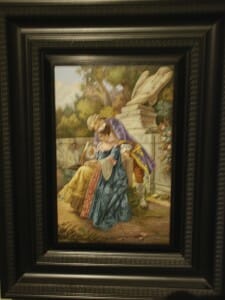
On a return visit to the Israel Museum, it is possible to visit some of the less frequented exhibits. I have nicknamed this assortment of blog pictures, “Tidbits from the Israel Museum.” Like a delicious morsel of food that satisfies the palate, these random items generate increased interest in the arts.
In 1934, this hand-painted sukkah was discovered in the village of Fishach near Augsburg. The wall opposite the entrance has a scene of the Western Wall in Jerusalem It was copied from a nineteenth-century lithograph created by Yehoseph Schwarz. Other drawings depict Jewish holidays and life in the village of Fishach.
A glimpse of the Rococo elegance of 18th century was observed in the Rothschild Room. The room was originally located in a townhome on the rue de Bac in Paris. The original owner was Count de Courbet. In the 1880s, Baron Edmond de Rothschild resided there. The interior decorating showcases the opulence of a French salon.
During the 1800s, the Rothschild family established a European banking dynasty. Many financial experts believe that this family amassed the largest private fortune in the world during that era.
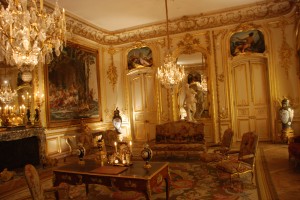
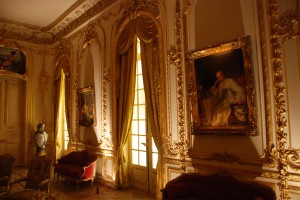
In the corridor adjacent to the Rothschild Room is a small collection of Italian micro mosaic pictures that were popular during the Renaissance. The Rosalinde and Arthur Gilbert Foundation donated these unique pictures to the American Friends of the Israel Museum. The Gilberts were successful business people who shared their success with philanthropic causes and simultaneously purchased an impressive collection of art. After Rosalinde’s death, Arthur, donated an extensive list of items to England. These decorative pieces can be found at the Gilbert galleries at The Victoria and Albert Museum in London. Arthur Gilbert was knighted by Queen Elizabeth in 1999.
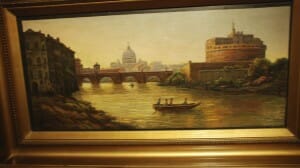
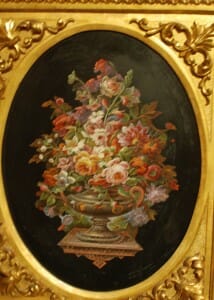
In my last few posts, I have shared a variety of exhibits that are located inside and outside the Israel Museum. With a collection that is approaching 500,000 objects, it is possible to see only a small fraction of the holdings during a daily tour.
On a first visit, most will head to the noteworthy, Shrine of the Book. Inside this architectural masterpiece, patrons can see the Dead Sea Scrolls (the oldest biblical manuscripts in the world) and early medieval biblical manuscripts. Next door to the Shrine is the Model of Jerusalem during the Second Temple Period. This visual display reconstructs the topography and architecture of Jerusalem before the Romans started to destroy the city in 66 CE.
With so many choices of exhibits, there is no shortage of options. I recommend that you review what is available and decide what suits your particular interests.
If you’ve visited the Israel Museum, what is your favorite section?
Sandra Bornstein is the author of MAY THIS BE THE BEST YEAR OF YOUR LIFE. It is available on Amazon.
If you enjoyed reading my memoir, consider posting a review on Amazon, Goodreads, LibraryThing and/or AskDavid.com.
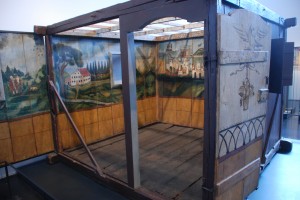
Leave a Reply
You must be logged in to post a comment.